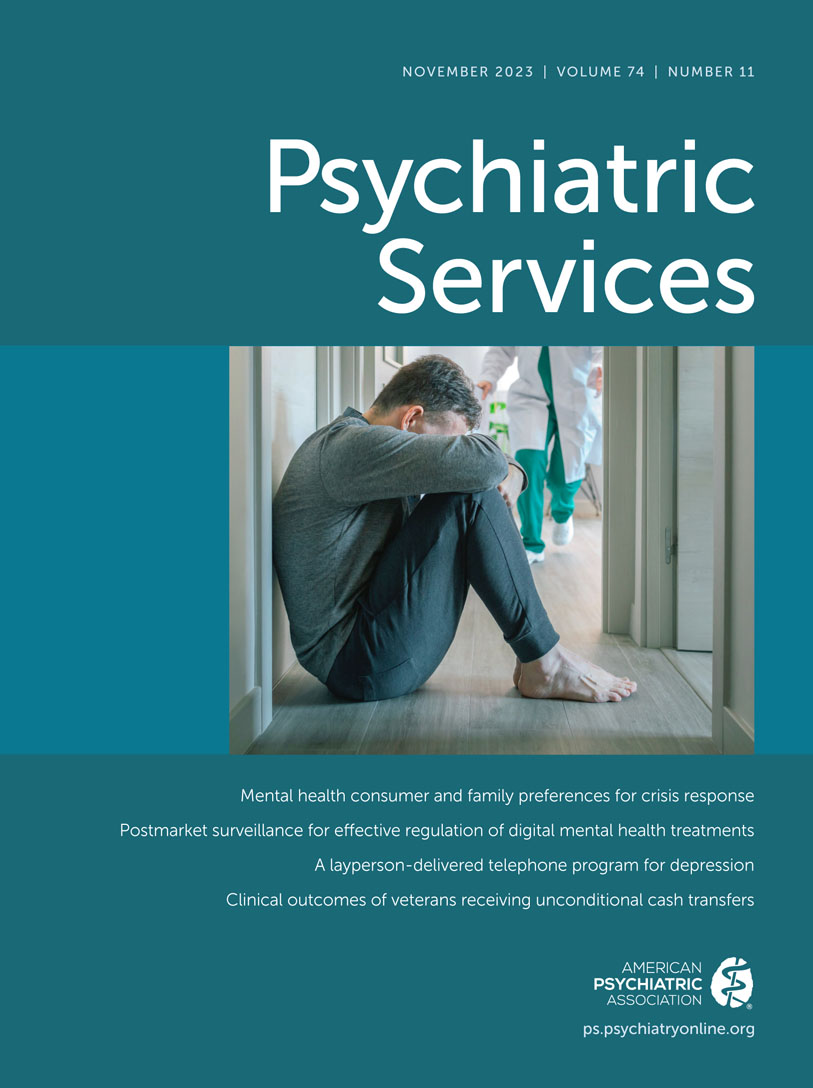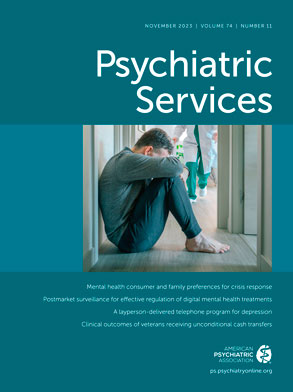Third, the experience of being held in the hospital involuntarily or of having a psychiatric clinician question one’s capacity to make choices challenges the patient’s autonomy and personhood, and, as the Garrett et al. (
2) article claims, this challenge can have “significant implications for the perpetuation and worsening of the patient’s vulnerability in the health care system.” We appreciate the authors’ recognition of the dehumanizing potential of routine health care practices that are supposed to protect patients and, moreover, of the adverse long-term effects of such practices. Therefore, to better understand the long-term effects of adverse experiences of patients in health care settings, and as part of the shift in the research paradigm, we also propose the integration of new or less well-known theories from social sciences into research on psychiatric practice and health disparities. Health disparities studies are largely atheoretical or can be classified into two polar categories that are guided by a few overarching theoretical frameworks that cover the macro, structural level (e.g., the framework of fundamental causes of health inequities) or the micro, individual level focusing on patient behaviors (e.g., behavioral model for vulnerable populations) (
9,
10). Theories that bridge the two levels and, moreover, account for life-course processes, such as lifelong exposure to discrimination and systematic exclusion from health-related opportunities (e.g., high-quality health care and housing, well-paying jobs, and resource-rich neighborhoods), are more challenging to apply and are therefore rarely integrated into research (
11).
To bridge the macro and micro levels, we propose the Cockerham theory of health lifestyle that is based on the sociological concept of
habitus (
12), defined as individuals’ dispositions to see the world and behave in certain ways that are shaped by the interplay between the structural opportunities or barriers the individuals have experienced and the choices they have made over time. Health habitus refers to health-related dispositions that inform patient behavior, including being unwilling to be admitted to a hospital or choosing to leave a hospital against medical advice. The health lifestyle theory posits that exposure to the same structural opportunities or barriers will contribute to making the same choices, and this will contribute to a more durable, harder-to-change health habitus. In turn, a durable habitus begins to operate in part automatically, becoming a habit, and this leads to reproduction of the same health behaviors. Repetition of the same health behavior becomes a health lifestyle (
13).
The value of integrating the sociological theory of health lifestyle into our racial-ethnic inequities studies is twofold. First, by exposing the structural origins of patients’ choices, dispositions, and behaviors, this theory effectively bridges the macro and micro levels and reveals the importance of structural interventions to address the social determinants of health (e.g., quality of education, quality of housing, food security, and meaningful employment) to reduce racial inequities in health. Second, by considering the automatic, less conscious features of behavior, this theory offers a more sophisticated understanding of why minoritized patients—whose health habitus is often shaped by lifelong experiences of disrespect and discrimination—react adversely to providers when the latter exercise their authority and discredit patients’ choices through involuntary hospitalization or questioning of patients’ decision-making capacities. This multilayered understanding of patient behavior also avoids the pitfall of implicitly blaming minoritized patients for their health beliefs, lack of health literacy, or distrust of the health care system. In this vein, we have designed training for peer advocates, care managers, and social workers that uses the theory of health lifestyles to promote the skills of mental health providers’ cultural and structural humility (
4). This training enables providers to offer targeted support that is informed by the patients' experiences of lifelong structural barriers and restricted choices.

